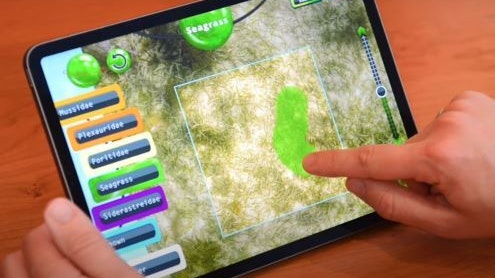Homepage
•
Learning Library
•
Blog
•
NASA makes a game of trying to save world’s coral reefs
Expand breadcrumbs
Expand breadcrumbs
- Learning Library
- Blog
- NASA makes a game of trying to save world’s coral reefs
- Homepage
- •
- Learning Library
- •
- Blog
- •
- NASA makes a game of trying to save world’s coral reefs
NASA makes a game of trying to save world’s coral reefs
By Jerry Fingal
June 10, 2020








